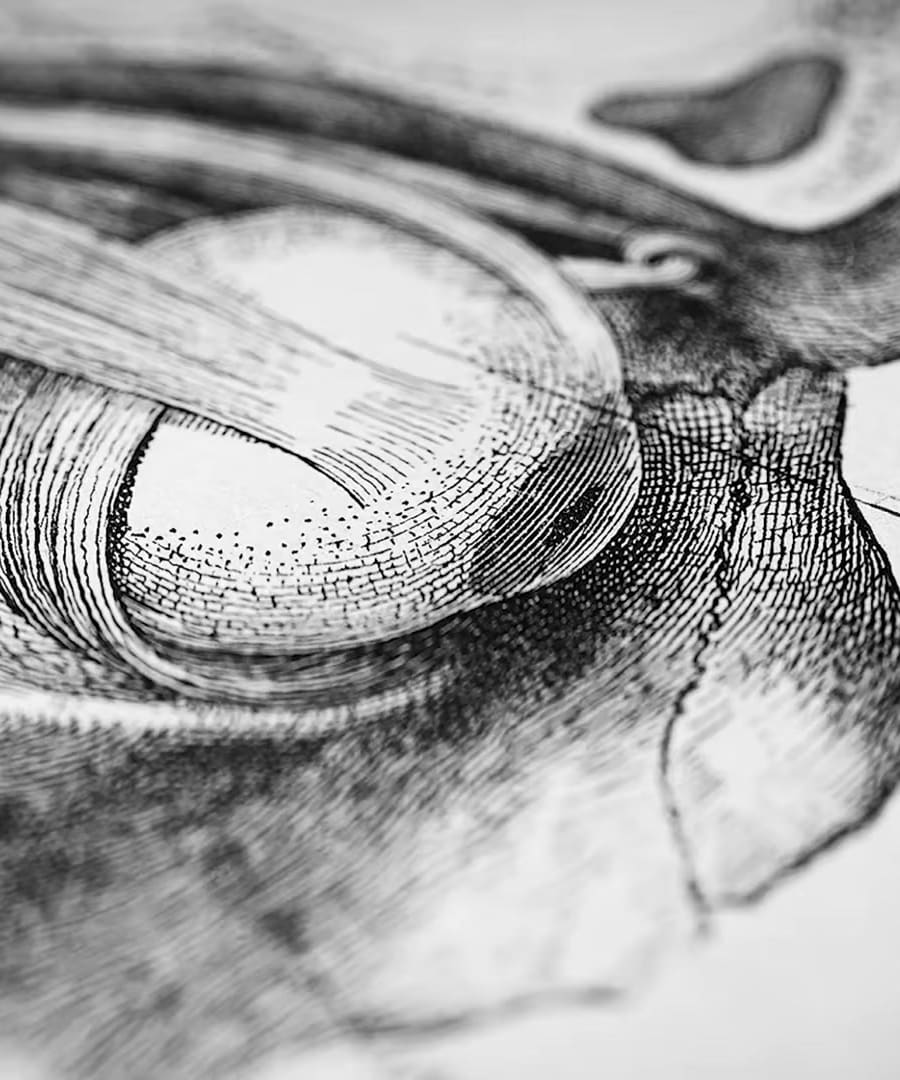Microplastics
Sources:
Microplastics are tiny plastic particles ranging from one micron to five millimeters in size. They are pervasive in our environment—found in the air, oceans, and even in packaged foods. Despite their widespread presence, there is currently no definitive causal link between microplastics and specific human diseases, though correlative data suggests potential health risks .
Key Insights:
-
Definition and Size: Microplastics are defined as plastic particles between 1 micron and 5 mm, while particles smaller than 1 micron are termed nanoplastics 1.
-
Sources and Exposure: Microplastics enter our bodies through various means, such as consuming contaminated food and beverages, especially those packaged in plastic. Studies have reported staggering amounts, such as averages of up to 240,000 particles per liter in bottled water 2.
-
Health Concerns: While our bodies can typically eliminate foreign substances, microplastics can lodge in specific tissues (like the brain, liver, and reproductive organs). They have the potential to disrupt cellular health and could lead to diseases, though evidence of causal relationships is still developing 3 4.
-
Microplastics in Sensitive Populations: There is growing concern regarding the presence of microplastics in sensitive populations, such as pregnant women and newborns. Microplastics and their components have been detected in human placenta and newborn meconium, raising significant health concerns 5.
Strategies for Reducing Exposure:
- Limit Processed Foods: Microwave popcorn and plastic-lined containers are major sources of microplastic exposure.
- Use Alternative Products: Opt for glass containers or natural materials, eliminating plastic wherever possible, including in oral health products.
- Environmental Awareness: Be mindful of where you eat and the materials that contact your food and beverages.
Overall, it’s essential for everyone, especially those in vulnerable stages of life, to understand the risks of microplastics and take steps to mitigate their exposure through informed choices and healthy practices 6 5.
RELATED QUESTIONS-
Microplastics
- RELATED QUESTIONS





